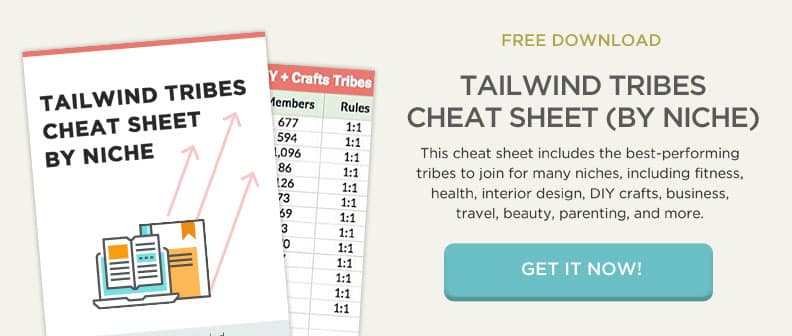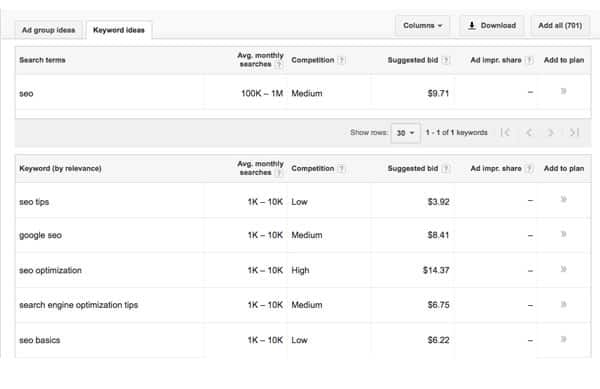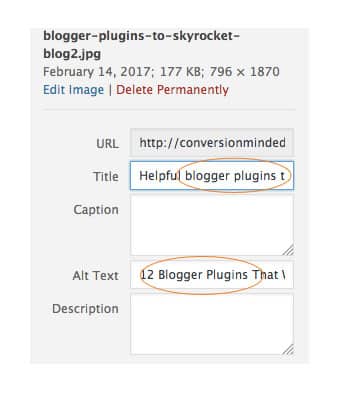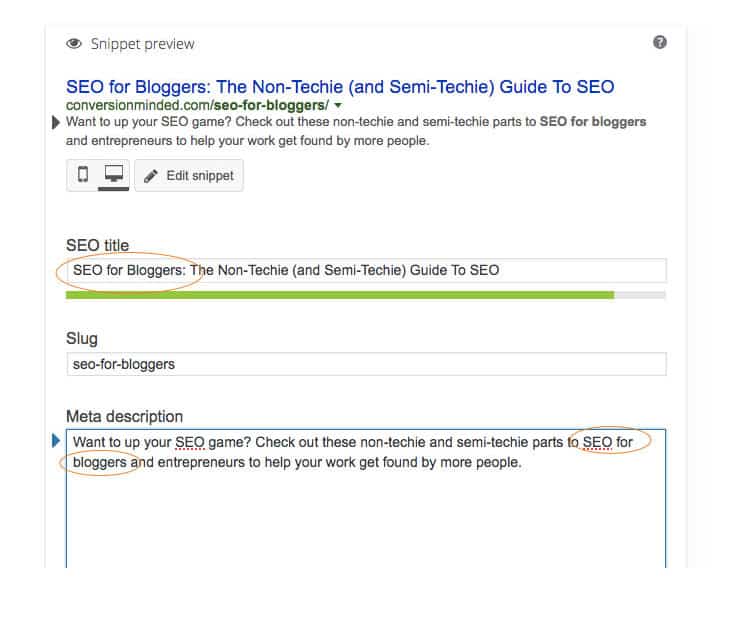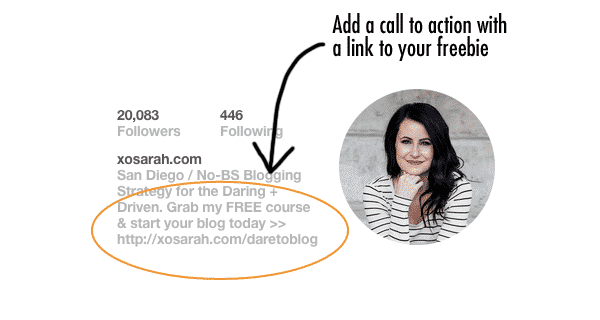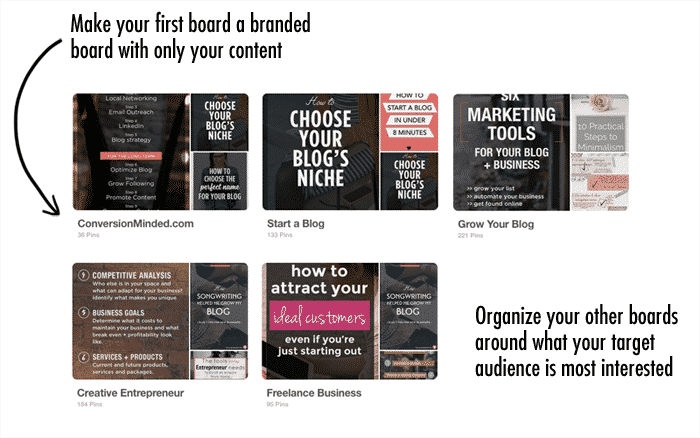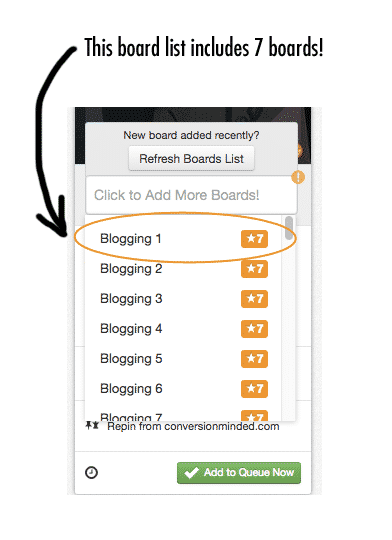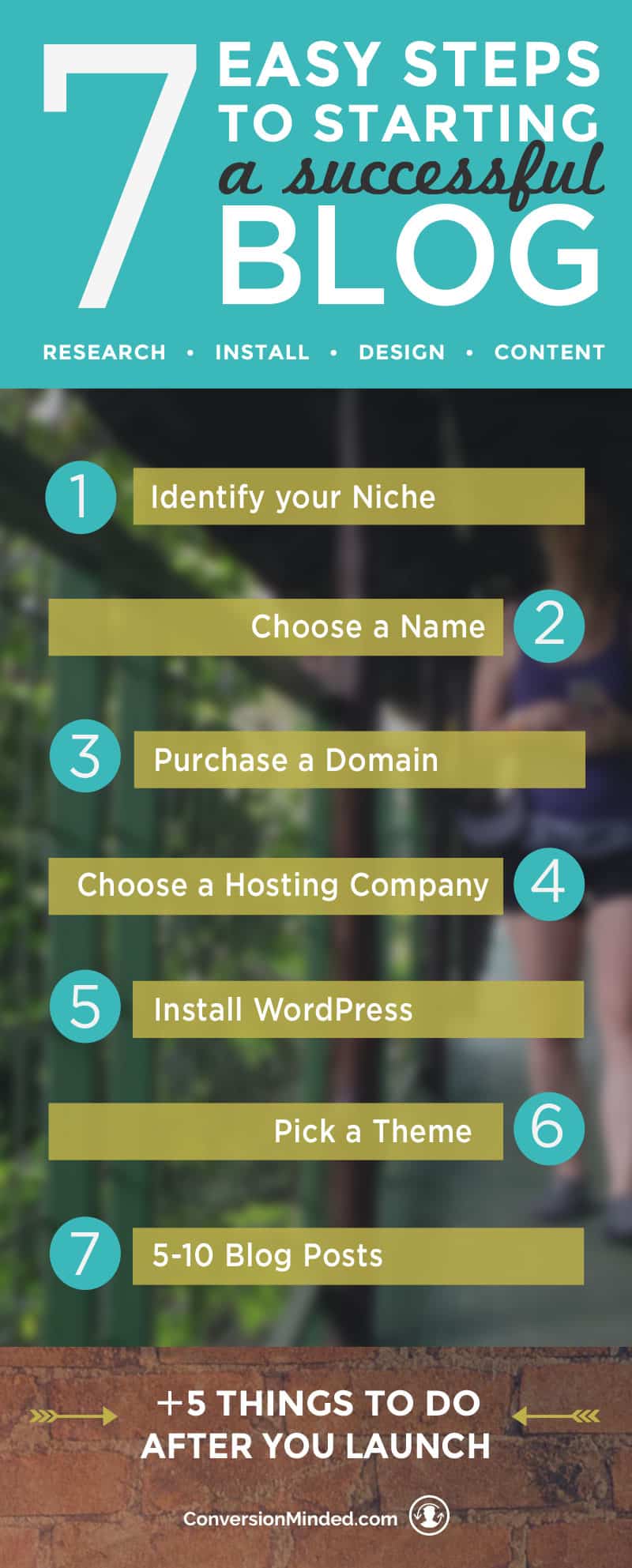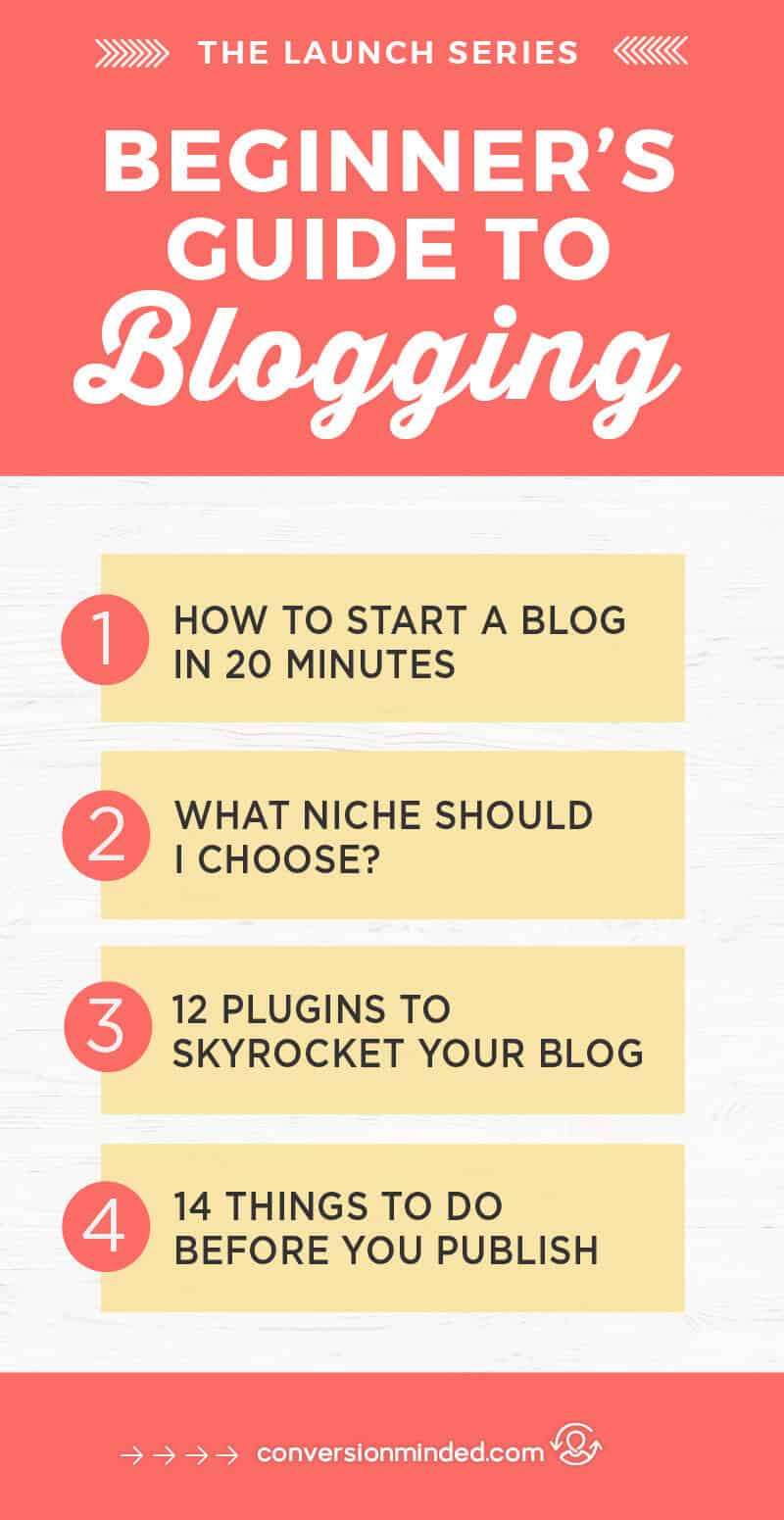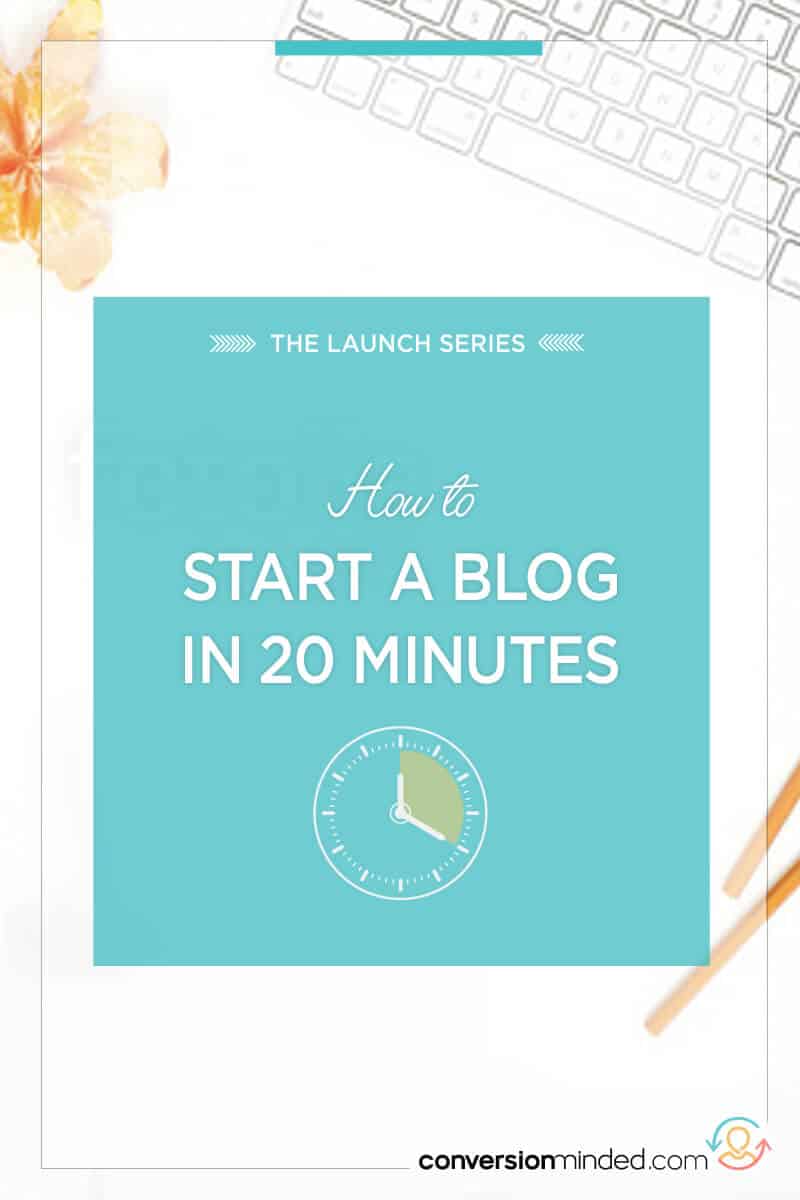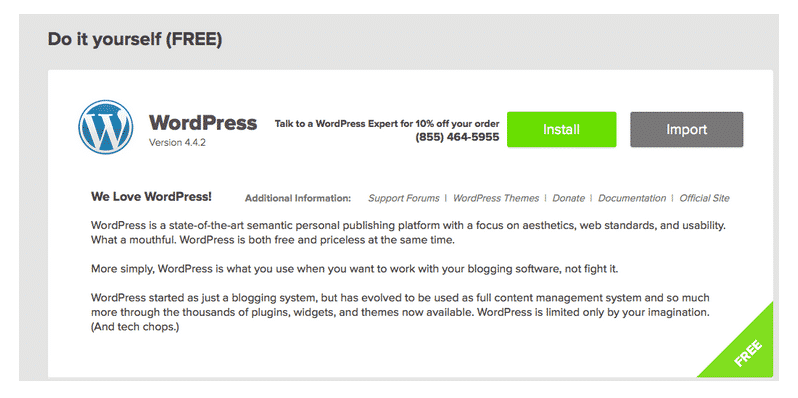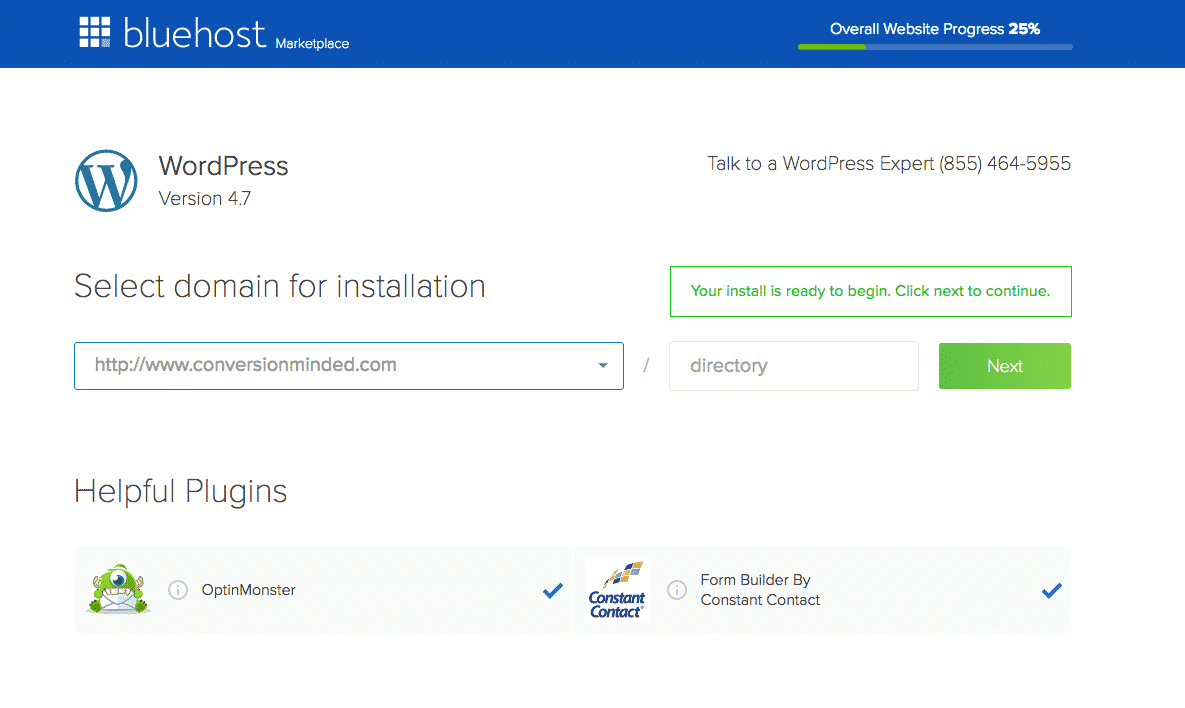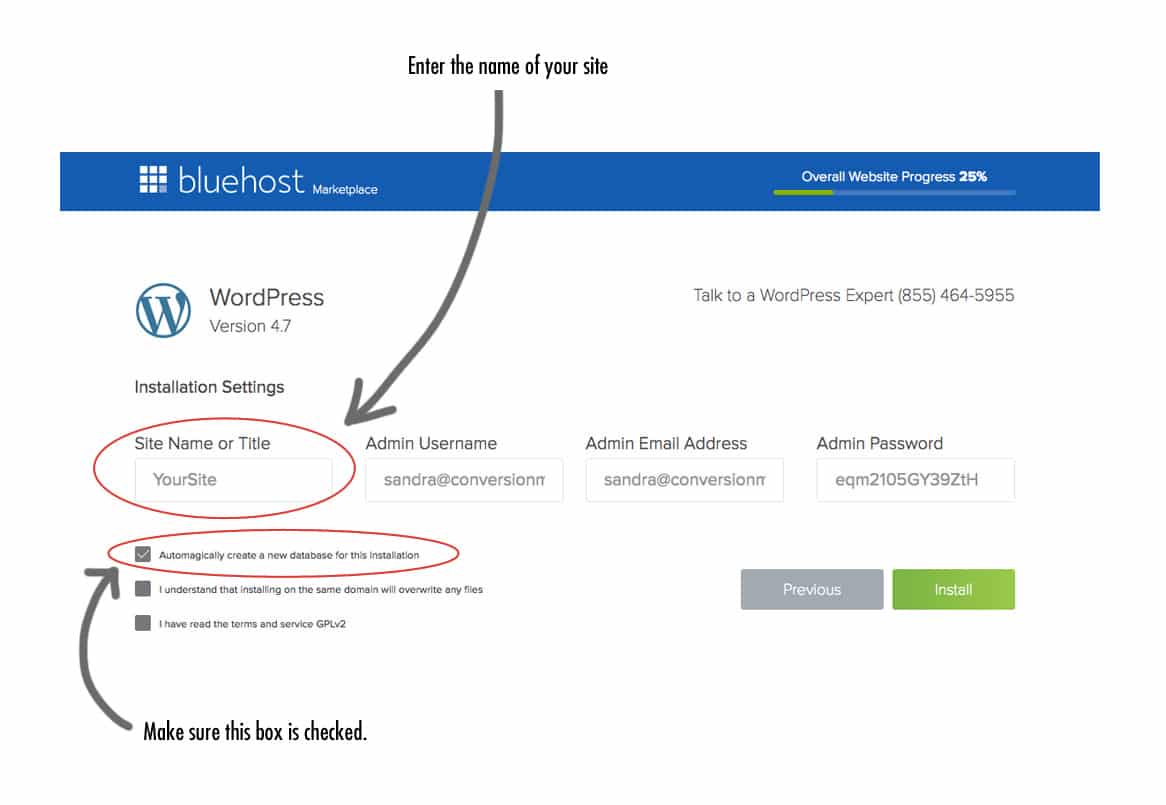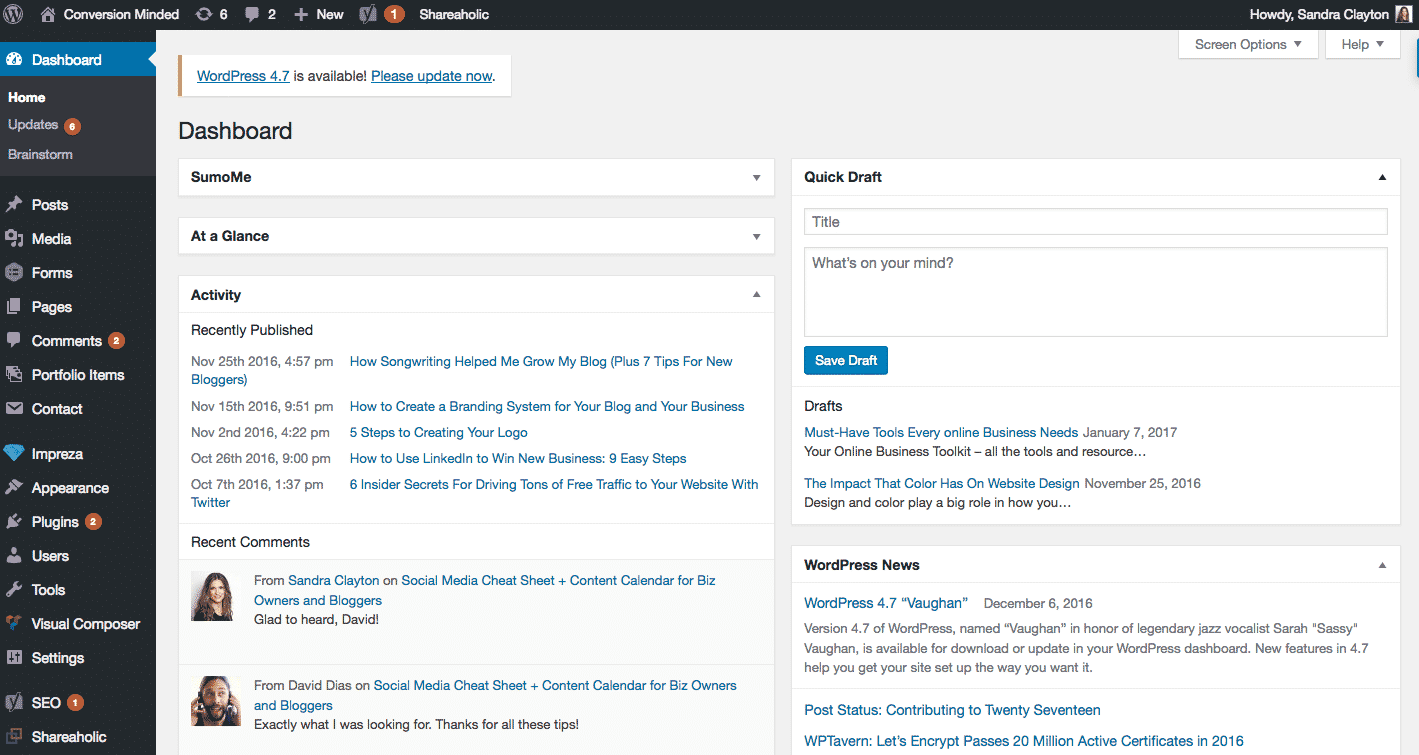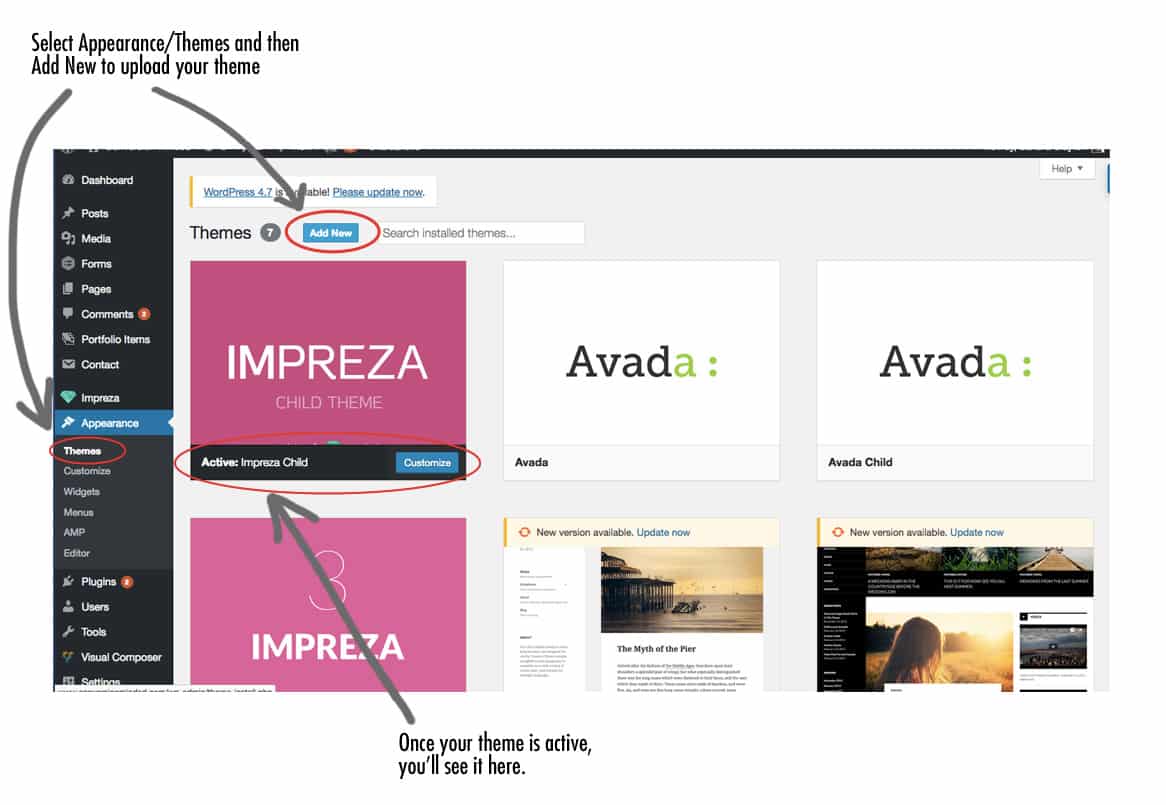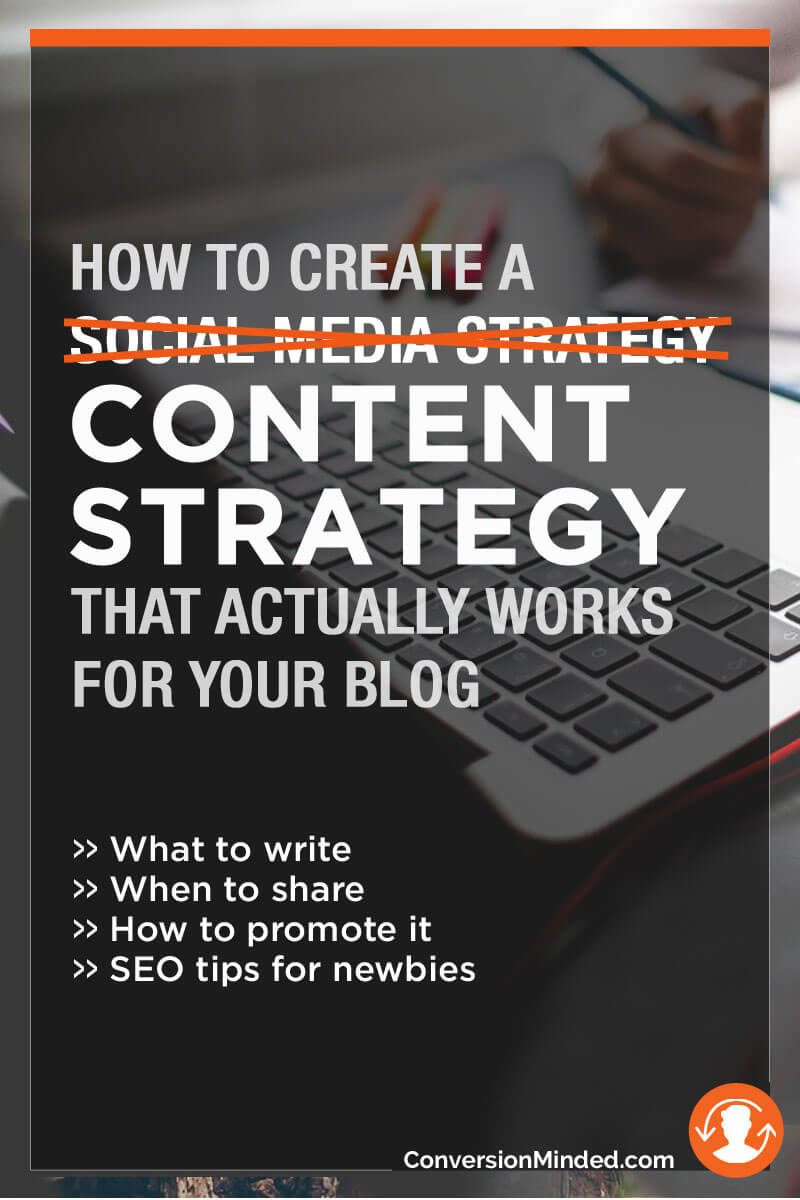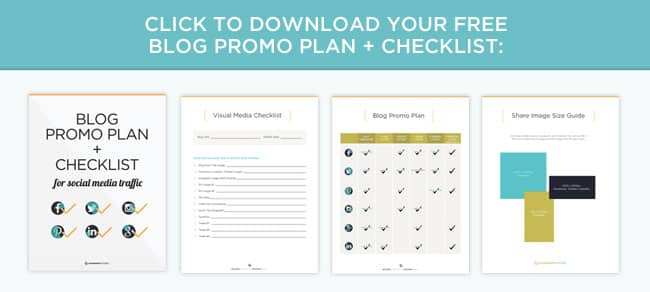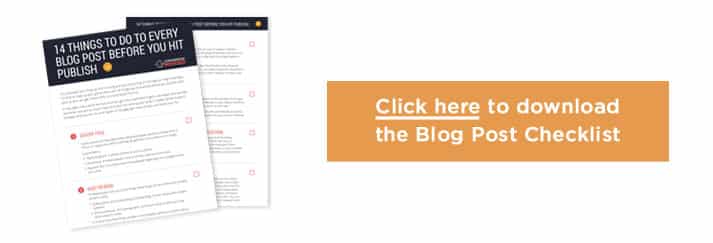 Do you ever wonder how to promote your blog posts once you hit publish, so that all your hard work writing them pays off – and instead of seeing crickets when you dig in to analytics, you see hundreds and thousands of page visits each day?
Do you ever wonder how to promote your blog posts once you hit publish, so that all your hard work writing them pays off – and instead of seeing crickets when you dig in to analytics, you see hundreds and thousands of page visits each day?
Today, I’m sharing a social media promotion plan that will help you:
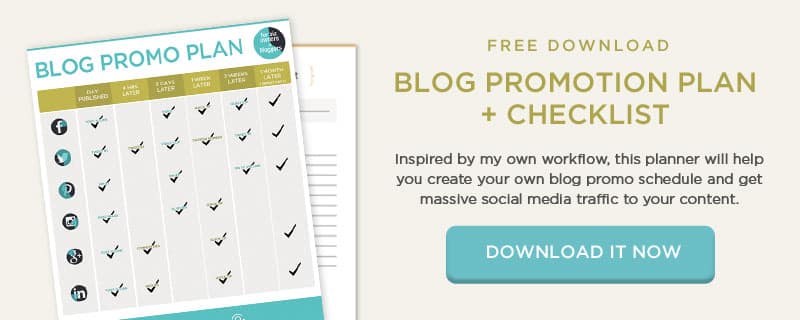
Blog Promotion Plan for Social Media Traffic

What about scheduling tools?
There are so many scheduling tools to choose from. Here are a few that I like:
For Days 1-14
For Day 31 – and once a month after that
A few random thoughts about the tools
Still wondering how to promote your blog effectively with the scheduling tools? Here are some pointers.
I love Buffer and use it a lot because of its integration with IFTTT for Buffer. But I wish it was easier to schedule content on specific days. With Buffer, you create a daily schedule and content gets added to the bottom of the queue. So for new posts that you want to share more frequently, there’s a lot of shuffling around to schedule them when you want.
For Pinterest, Tailwind is great. You can shuffle pins easily and schedule them any day you want (same for Later and Instagram). I even figured out a way to semi-loop pins using Tailwind.
Recurpost is free for up to 3 channels, so this is definitely worth looking into. Tailwind’s SmartLoop is a great way to recycle your posts so they’re always being shared. And SmarterQueue is my fave for automating Twitter, LinkedIn and Facebook. And then there’s this IFTTT/Google Calendar method that’s also free and works like a charm for Twitter and Facebook.
Related: 32 Ways to Boost Your Blog Traffic




